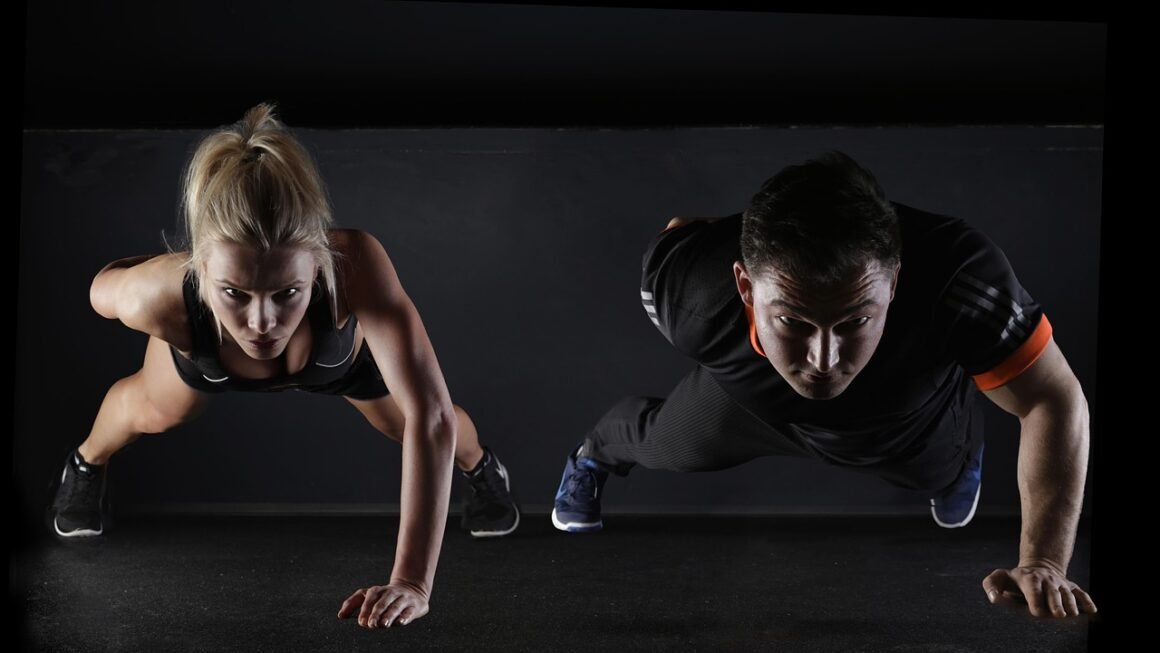Swimming – more than just a recreational activity – is a lifelong skill that offers a plethora of physical and mental health benefits. Whether you’re a seasoned athlete or a complete beginner, diving into the world of swimming unlocks a full-body workout, stress relief, and the potential for competitive pursuit. This comprehensive guide will explore the multifaceted aspects of swimming, from its health advantages to mastering different strokes and ensuring water safety.
The Incredible Health Benefits of Swimming
Swimming is often touted as one of the best exercises, and for good reason. It provides a low-impact, full-body workout suitable for all ages and fitness levels.
Cardiovascular Health
Swimming is an excellent cardiovascular exercise, improving heart health and increasing lung capacity. Studies show regular swimming can lower blood pressure and improve cholesterol levels.
- Improved Circulation: The horizontal position in the water helps improve blood flow throughout the body.
- Increased Lung Capacity: Controlled breathing techniques used in swimming can significantly expand lung volume.
- Reduced Risk of Heart Disease: Consistent swimming workouts contribute to a healthier cardiovascular system, reducing the likelihood of heart-related issues. Example: Aim for at least 30 minutes of moderate-intensity swimming most days of the week to reap these benefits.
Full-Body Workout
Unlike many other exercises that focus on specific muscle groups, swimming engages nearly every muscle in the body.
- Muscle Strengthening and Endurance: Each stroke utilizes different muscle groups, building strength and endurance. For example, the freestyle stroke works the shoulders, arms, core, and legs, while the breaststroke strengthens the chest and inner thighs.
- Low Impact on Joints: The buoyancy of water reduces stress on joints, making it ideal for individuals with arthritis or other joint pain.
- Improved Flexibility and Coordination: The rhythmic movements involved in swimming enhance flexibility and coordination.
Mental Well-being
The benefits of swimming extend beyond the physical realm. The rhythmic motion and the feeling of weightlessness in the water can have a profound impact on mental well-being.
- Stress Reduction: Swimming releases endorphins, natural mood boosters that help reduce stress and anxiety.
- Improved Sleep: Regular physical activity, including swimming, can contribute to better sleep quality.
- Meditation in Motion: Many swimmers describe the act of swimming as a form of meditation, allowing them to disconnect from daily stressors and focus on their breath and movement.
Mastering the Basic Swimming Strokes
Learning the fundamental swimming strokes is crucial for both recreational and competitive swimming. Each stroke has its unique characteristics and requires specific techniques.
Freestyle
Often considered the fastest and most efficient swimming stroke, freestyle involves alternating arm movements and a flutter kick.
- Technique: The body rotates slightly with each arm stroke, allowing for a longer reach and more powerful pull. Proper breathing technique is essential, typically involving inhaling to the side during the arm recovery phase.
- Tips for Improvement: Focus on maintaining a streamlined body position to reduce drag. Practice rotating your torso to generate more power from your core.
Backstroke
Performed on the back, this stroke involves alternating arm movements and a flutter kick, similar to freestyle.
- Technique: Maintain a horizontal body position with your face towards the ceiling. The arm strokes should be straight and reach overhead, while the flutter kick provides propulsion.
- Tips for Improvement: Keep your head still and focus on rotating your body from side to side to generate power. Maintain a consistent kick rhythm.
Breaststroke
Known for its distinctive frog-like kick and symmetrical arm movements, breaststroke is a more challenging stroke to master.
- Technique: The arm movement involves pushing the water outwards and backwards, followed by a pull-in towards the chest. The frog kick propels the body forward. Timing and coordination are essential.
- Tips for Improvement: Practice the arm and leg movements separately before combining them. Focus on maintaining a streamlined body position during the glide phase.
Butterfly
Considered the most challenging and physically demanding stroke, butterfly involves simultaneous arm movements and a dolphin kick.
- Technique: Both arms move in a simultaneous circular motion, pulling the body forward. The dolphin kick involves a wave-like motion of the entire body, originating from the core.
- Tips for Improvement: Develop core strength to generate power for the dolphin kick. Practice the undulation motion in the water to improve technique.
Swimming Safety: Staying Safe in the Water
Prioritizing safety is paramount when engaging in any water activity.
Essential Safety Tips
- Never Swim Alone: Always swim with a buddy or in a supervised area.
- Learn to Swim: Enrolling in swimming lessons is crucial, especially for children.
- Obey Pool Rules: Adhere to all posted pool rules and regulations.
- Be Aware of Your Surroundings: Pay attention to potential hazards, such as slippery surfaces or deep water.
- Know Your Limits: Avoid overexertion and take breaks when needed.
Water Safety for Children
Children are particularly vulnerable to drowning accidents, making water safety education essential.
- Constant Supervision: Never leave children unattended near water, even for a moment.
- Designated Water Watcher: Assign a designated water watcher to supervise children actively.
- Teach Children to Swim: Enroll children in age-appropriate swimming lessons.
- Use Approved Flotation Devices: Ensure children wear appropriate life jackets or flotation devices when necessary.
Recognizing and Responding to Emergencies
Knowing how to recognize and respond to aquatic emergencies can save lives.
- Learn CPR: CPR certification is invaluable for responding to drowning incidents.
- Recognize Signs of Drowning: Be aware of the signs of drowning, such as struggling in the water or being unable to call for help.
- Call for Help Immediately: If you witness someone in distress, call for help immediately.
- Reach or Throw, Don’t Go: If you’re not trained in water rescue, attempt to reach the person with a pole or throw a flotation device instead of entering the water yourself.
Swimming Gear and Equipment
Having the right gear can enhance your swimming experience and improve performance.
Essential Gear
- Swimsuit: Choose a comfortable and properly fitting swimsuit that allows for freedom of movement.
- Goggles: Goggles protect your eyes from chlorine and improve visibility underwater.
- Swim Cap: A swim cap reduces drag and keeps hair out of your face.
Training Equipment
- Kickboard: A kickboard isolates the leg muscles and helps improve kicking technique.
- Pull Buoy: A pull buoy provides buoyancy and allows you to focus on arm strokes.
- Fins: Fins increase propulsion and help improve leg strength and ankle flexibility.
Choosing the Right Gear
- Consider Your Needs: Select gear based on your swimming goals and level of experience.
- Prioritize Comfort: Choose gear that fits comfortably and doesn’t restrict movement.
- Invest in Quality: Opt for durable and well-made equipment that will last.
Conclusion
Swimming offers a wealth of benefits for physical and mental health, making it an ideal activity for individuals of all ages and abilities. By mastering the basic swimming strokes, prioritizing safety, and utilizing appropriate gear, you can unlock the full potential of this rewarding activity. Whether you’re seeking a low-impact workout, stress relief, or a competitive challenge, swimming provides a lifelong path to health, fitness, and enjoyment. So, dive in, embrace the water, and experience the transformative power of swimming.



